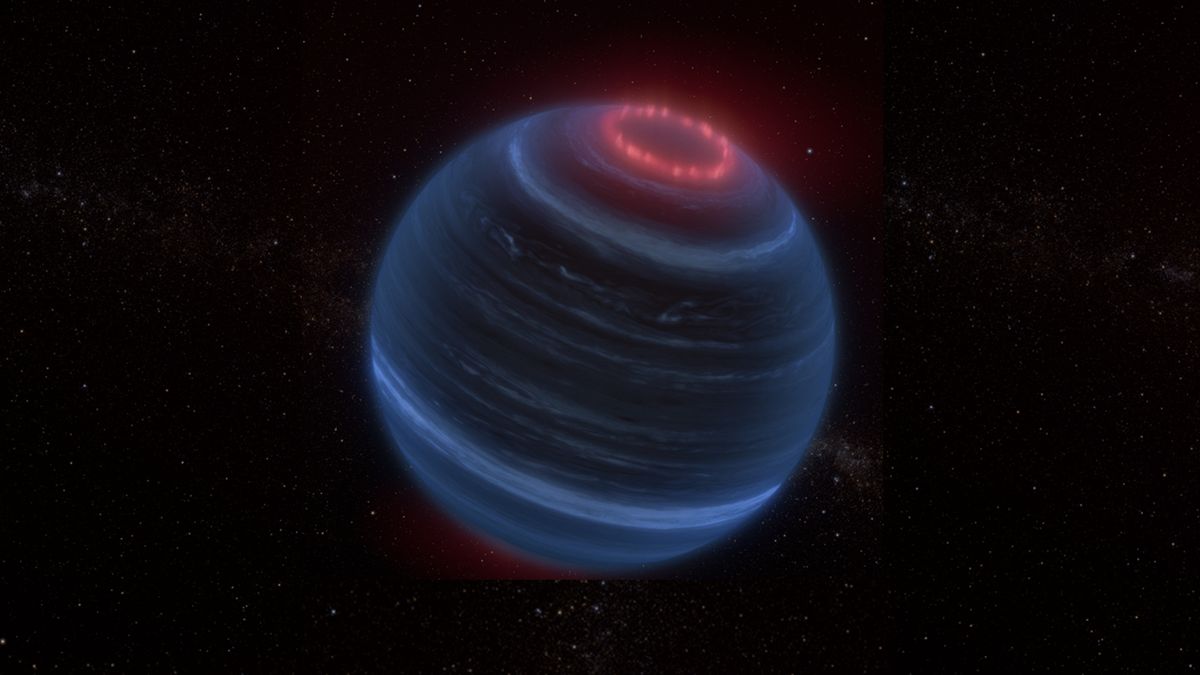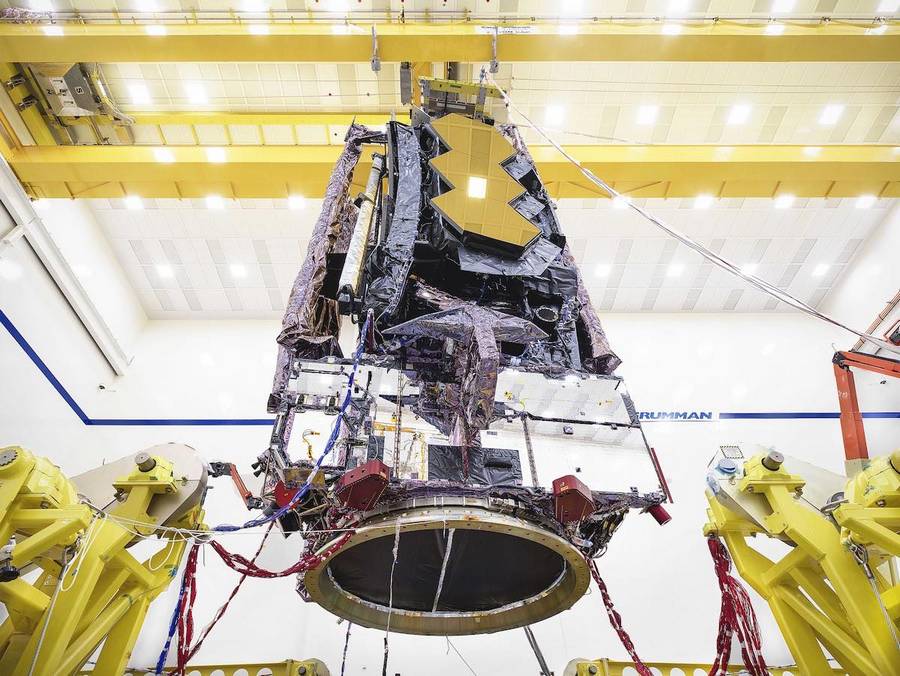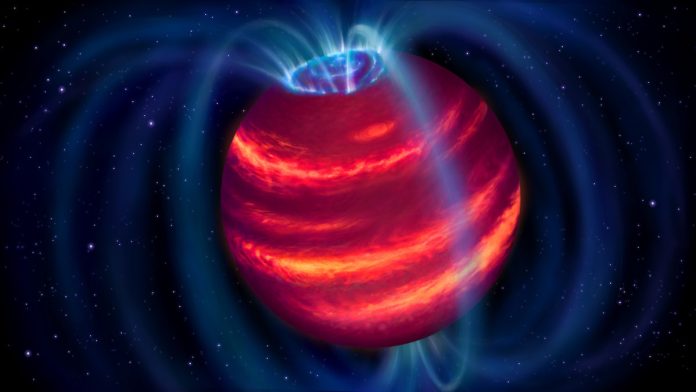© ROOT-NATION.com - Use of content is permitted with a backlink.
Astronomers using the NASA James Webb Space Telescope (JWST) have come across a shocking discovery involving a cool brown dwarf. The telescope’s latest observations revealed methane emissions from this celestial body, a surprising discovery given its cold and isolated nature.
This discovery suggests that the brown dwarf in question may be capable of generating auroras similar to those seen on Earth, Jupiter and Saturn. Brown dwarfs, characterized by an intermediate mass between planets and stars, are widely distributed in the vicinity of our Sun, thousands of them have been discovered. Last year, a team led by Jackie Faherty, a senior scientist and senior manager of education at the American Museum of Natural History, was given observing time on JWST to closely study a dozen such brown dwarfs.

Among them was CWISEP J193518.59-154620.3, better known as W1935, a cool brown dwarf located 47 light-years away. Discovered jointly by community science volunteer Dan Caselden and the NASA CatWISE team as part of the Backyard Worlds: Planet 9 project, this celestial object boasts a surface temperature of approximately 400° Fahrenheit. Although its mass remains somewhat uncertain, estimates range from six to 35 times that of Jupiter.
While studying various brown dwarfs with JWST, Faherty’s team encountered an intriguing anomaly in W1935: the presence of methane emissions, a phenomenon not previously observed in such celestial bodies. “Methane gas is expectedly present on giant planets and brown dwarfs, but we typically see it absorbing light rather than glowing,” Faherty said in a press release. “At first we were confused by what we saw, but eventually it turned into a real thrill of discovery.”
Further computer simulations yielded another discovery: W1935 likely exhibits a temperature inversion, where the atmosphere gets warmer with height. However, unlike those planets, W1935 exists in isolation, devoid of any discernible external heat source, the research team said. This prompted researchers to hypothesize possible explanations for this atmospheric anomaly.

The researchers suggested that W1935 may be hiding the auroras, based on studies of Jupiter and Saturn, planets known to emit methane and experience temperature inversions.
Auroras are often caused by interactions between high-energy particles from the Sun and the planet’s magnetic field and are responsible for the dazzling glow seen near Earth’s polar regions. However, the lack of a host star for W1935 complicates this explanation, the researchers say, because the solar wind cannot contribute to the process.
However, there is another attractive possibility: the presence of an active, as yet undiscovered satellite orbiting W1935. “Every time an astronomer points JWST at an object, there’s a chance for a new, stunning discovery,” Faherty said. “Methane emissions weren’t on my radar when we started this project, but now that we know it might be there and the explanation is so compelling, I’m constantly on the lookout. This is part of how science moves forward.”
Read also:
- The NASA Juno probe photographed mountains and a lava lake on Jupiter’s moon Io
- NASA’s Ingenuity drone sent the last message from Mars to Earth


